V&A opens first UK exhibition dedicated to the work of Pioneering Fashion Designer Gabrielle ‘Coco’ Chanel
Gabrielle Chanel, 31 rue Cambon, 1937, Paris. Photo: Roger Schall/Condé Nast/Shutterstock
LONDON - Gabrielle Chanel. Fashion Manifesto is the first UK exhibition dedicated to the work of French couturière, Gabrielle ‘Coco’ Chanel, charting the evolution of her iconic design style and the establishment of the House of CHANEL, from the opening of her first millinery boutique in Paris in 1910 to the showing of her final collection in 1971.
Featuring almost 200 looks seen together for the first time, as well as accessories, perfumes and jewellery, the exhibition explores Chanel’s pioneering approach to fashion design, which paved the way for a new elegance and continues to influence the way women dress today.
Based upon the Gabrielle Chanel. Fashion Manifesto exhibition organised by the Palais Galliera, Fashion Museum of the City of Paris, the exhibition is re-imagined by the V&A, with over 100 new objects including 60 new looks. It features rarely seen pieces from the V&A’s collection, alongside looks from Palais Galliera and the Patrimoine de CHANEL, the heritage collections of the fashion House in Paris. Highlights include one of the earliest surviving Chanel garments from 1916; original costumes designed by Chanel for the Ballets Russes production of Le Train Bleu in 1924; outfits created for Hollywood stars Lauren Bacall and Marlene Dietrich; an early example of Chanel's ground-breaking evening trousers and ensembles from Chanel’s final collection of 1971.
Chanel designed first and foremost for herself. By creating clothes fit for an independent and active lifestyle, she anticipated the needs and wants of the modern woman. Through ten themed sections, the exhibition explores Chanel’s innovative approach to fabric, silhouette and construction, and will examine how she drafted a new framework for fashion in the twentieth century. Showcasing a stunning array of some of Chanel’s most notable designs from her sixty years in fashion, the exhibition analyses her professional career, the emergence and the development of her style, and her contribution to the history of fashion. The exhibition also highlights Chanel’s British inspirations, such as her adoption of tweed, partnerships with British textile firms and textile factory in Huddersfield.
Tristram Hunt, Director of the V&A, said: “As one of the most successful fashion houses in existence, CHANEL owes much to the templates first laid down by its founder Gabrielle Chanel, over a century ago. We are delighted to be partnering with CHANEL and the Palais Galliera on this exhibition, which provides us with the opportunity to explore the origins and elements of this enduring style and to display little-known historic Chanel garments from the V&A collection.”
Director of the Palais Galliera, Miren Arzalluz said: “Gabrielle Chanel devoted her long life to creating, perfecting and promoting a new kind of elegance based on freedom of movement, a natural and casual pose, a subtle elegance that shuns all extravagances, a timeless style for a new kind of woman. That was her fashion manifesto, a legacy that has never gone out of style.”
“Her success was based not only on the functionality, comfort and chic elegance of her designs, but also on her ability to grasp and interpret the needs and desires of the women of her time.”
Bruno Pavlovsky, President of CHANEL SAS and President of CHANEL Fashion, said: “We are happy and honored that the first exhibition dedicated to Gabrielle Chanel to be held in the UK, will be presented at the V&A, one of the most prestigious museums in the world. Gabrielle Chanel was a legend in her own lifetime. This exhibition will analyze her contribution to fashion and her radical vision of a style that created modernity and reflected the aspirations of women and the evolution of their place in society."
“CHANEL is delighted to contribute to this project, providing access to the Patrimoine de CHANEL, and thanks the V&A for hosting this exceptional exhibition."
Across ten sections, Gabrielle Chanel. Fashion Manifesto showcases the exquisite skill and innovation from the founder of the House of CHANEL:
Towards A New Elegance offers an introduction to the beginning of Gabrielle Chanel’s career as a milliner, opening her first boutique on the rue Cambon in Paris in 1910, and further boutiques in the fashionable coastal resorts of Deauville and Biarritz. The section outlines how the success of this business enabled her expansion into clothing. It will feature one of the earliest surviving Chanel garments, characterised by minimalism and precision – a streamlined way of dressing that contrasted with the excessively decorative fashions of the day, and would lay the foundations of her design principles.
Gabrielle Chanel, Marinière Blouse, silk jersey. Spring/Summer 1916. Patrimoine de CHANEL, Paris © CHANEL Photo Nicholas Alan Cope
This blouse, made from fine-gauge silk jersey, is one of the earliest surviving Chanel garments. Jersey made Chanel’s name a force to be reckoned with in the world of French fashion. The practical fabric was previously a textile for underwear and stockings, but Chanel was the first to demonstrate its appeal for fashionable outer clothes. This blouse shows inspiration from the collared pullovers of fishermen.
Gabrielle Chanel, Hat, silk. 1917. Patrimoine de CHANEL, Paris © CHANEL Photo Nicholas Alan Cope.
Gabrielle Chanel began her career as a milliner. She opened her first salon in 1909, selling hats from an apartment on the boulevard Malesherbes in Paris and relocated to the rue Cambon the following year. This hat, with its relaxed crown and small brim, is made of looped braid that can be collapsed. Chanel was photographed modelling her own hats in the magazine Comoedia Illustré in the October 1st 1910 issue.
The Emergence of a Style focuses on how Chanel developed an immediately identifiable signature style in the 1920s and 1930s. With clean lines, fluid materials and a simplistic colour palette, her understated designs were radical in their practicality yet displayed a refined elegance. Several sub-sections will also examine the role of textiles and manufacturing, her use of embroidery in her designs and spotlight Chanel’s famous little black dress. This section also includes Chanel’s British influences and business ventures, and her creations being worn on the theatre stage and silver screen.
Gabrielle Chanel, Costumes for Le Train Bleu, hand-knitted wool. 1924 © CHANEL Photo Nicholas Alan Cope Courtesy of Victoria and Albert Museum, London.
Lydia Sokolova, Anton Dolin, Bronislava Nijinska and Leon Woizikowsky after the first performance of 'Le Train Bleu' in Britain, at the Coliseum Theatre London, 1924. Photo: © Victoria and Albert Museum, London. © Sasha/courtesy Getty Images
Gabrielle Chanel, Dress and jacket, silk taffeta. Spring/Summer 1926. Patrimoine de CHANEL, Paris © CHANEL Photo Nicholas Alan Cope
Gabrielle Chanel, Dress. Silk, chiffon, tulle and sequins. Spring/Summer 1926 © CHANEL / Photo: Nicholas Alan Cope / Courtesy of Derby Museums / Gift of the Curzon Family.
In 1926, when Hollywood actor Ina Claire was photographed by Edward Steichen in a version of this dress, Vogue called it a “glittering gown.” The dress has a streamer of black chiffon flaring out from the hip. This swathe of lightweight fabric was a typical Chanel touch at the time, which added drama and movement to her narrow evening silhouettes. Chanel would continue to use all-over sequin embroidery in the following decade, although usually in monochrome.
Model, Marion Morehouse, wearing a black crepe romain bolero dress with fringed and paillette embroidered skirt by Chanel. Photo by Edward Steichen, published in Vogue US, 1926 © Edward Steichen/Condé Nast/Shutterstoc
Gabrielle Chanel, Dress, cotton velvet. 1932. Madame Lucile de Chaudenay’s dress, née Lucile Eonnet (1914-1974). Patrimoine de CHANEL, Paris © CHANEL Photo Nicholas Alan Cope
While Chanel was celebrated for her subdued monochrome colour palette, from the 1920s ‘Chanel red’ and ‘Chanel blue’ garments feature frequently in the fashion press. In August 1932, the Times reported that “cotton velvet specially made in Manchester for Chanel” was being used in her collections. Traditionally, haute couture used silk velvet, a softer fabric that draped more easily. Cotton velvets or velours were seen as more humble materials. Once again, Chanel demonstrated that she was unafraid to challenge the rules, subverting preconceptions about textiles in her approach.
Gabrielle Chanel, Dress, printed silk organza. 1935. Patrimoine de CHANEL, Paris © CHANEL Photo Nicholas Alan Cope.
When creating this evening dress of 1935, Chanel aligned each pattern piece carefully on the silk organza to ensure a perfectly symmetrical placement of the floral print. Printed fabrics were a key part of both Chanel’s daywear and evening ensembles in the 1920s and 30s, many of which had been designed and produced in her own textile factories. Chanel often favoured floral patterns and utilised these printed motifs further by employing an unusual appliqué technique whereby the individual floral motifs in a print were cut out and the edges carefully hand-finished. These printed chiffon flowers were then re-applied as three-dimensional decoration of the dress. The technique was used repeatedly by Chanel in the late 1920s and 30s. The technique is seen on the back of this dress, and on the sleeves, giving added volume to the ruffled edges.
Gabrielle Chanel, Dress, wool-jersey, rib-knit albene and metal. 1935. Palais Galliera, Paris. Gift of the heirs of Mr Henry Viguier © CHANEL Photo Nicholas Alan Cope, Courtesy of Palais Galliera, Paris.
Chanel used permutations of knitted jersey throughout her career, continually updating and adapting it. Removable cuffs and collars, which allowed for easier laundering, are also elements that Chanel used repeatedly, often in white and especially for her suits. British debutante Lady Pamela Smith wears a similar dress to this one in a photograph taken in London in 1932. Smith stands beside Gabrielle Chanel, who is sitting among a group of young society women chosen as models for the Chanel London fashion show. In 1932 Chanel established British Chanel Ltd, an umbrella under which several British textile manufacturers would produce Chanel designs. To mark the venture, Chanel presented a special collection of 130 garments made from British textiles. Society women such as Lady Pamela Smith, the Countess de La Falaise and Princess Dmitri modelled the designs. The show took place over a fortnight at 39 Grosvenor Square, one of the Duke of Westminster’s properties. The press applauded: “Paris has shown us how to wear British.”
Roussy Sert wearing a long white sequin dress by Chanel, and a 15-strand coral necklace, Photograph by André Durst, published in Vogue December 15, 1936 Photograph: Andre Durst/Condé Nast/Shutterstock
Trouser suit, by Gabrielle Chanel, 1937 – 38. Silk tulle, sequins, chiffon and lace. Given by Mrs Diana Vreeland. Victoria and Albert Museum, Museum no. T.88 to B-1974. © CHANEL / Photo: Nicholas Alan Cope / Courtesy of Victoria and Albert Museum, London.
“I loved my clothes from Chanel,” recalled loyal client Diana Vreeland. The fashion editor wore this sequinned trouser suit for entertaining at home. The lightest of tulle supports the embroidered sequins, adhering to Chanel’s principle that chic clothes should also be comfortable. Although the couturière advocated trousers for casual and sportswear, they did not feature regularly in her collections until the 1960s.
The Invisible Accessory showcases the creation and impact of Gabrielle Chanel’s debut perfume N°5 which became the world’s best-selling fragrance. Designed as an extension of her clothing and echoing her vision of modernity, Chanel made N°5 the signature of her fashion house. This section will also explore the launch of Chanel's range of make-up in 1924 and skincare in 1927. Visitors will walk-through a gold tinted installation referencing the iconic No°5 perfume bottle.
Sem (Georges Goursat, dit), Album White Bottoms : N°5 Chanel Paris, 1927. Musée Carnavalet, Histoire de Paris ©Paris Musées/Musée Carnavalet – Histoire de Paris.
Marilyn Monroe applying Chanel N°5 at the Ambassador Hotel, New York, 24 March 1955. Photograph by Ed Feingersh. ©Ed Feingersh/Michael Ochs Archives/Getty Images
Luxury and Line focuses on how Chanel’s eveningwear demonstrated a refined mix of inventiveness and classicism which subtly accentuated the female form. She harmonised proportions and materials aiming to create garments which expressed elegance, freedom and simplicity. The resulting designs conveyed the tension between garment and body, described in French as the ‘allure’. This section will also look at “Bijoux de Diamants”, her first and only 1932 collection of fine jewellery commissioned by the International Diamond Corporation of London.
Closing the House will outline the impact of the outbreak of war in 1939 on her personal and professional life. The exhibition will continue with Chanel's official Return to Fashion on 5 February 1954, with the relaunch of her couture house at the age of seventy-one. Chanel’s return collection featured the signature hallmarks that she had so successfully introduced during the 1920s and 30s, representing her updated vision of the modern woman’s wardrobe.
The Suit will spotlight the defining garment of Gabrielle Chanel’s post-war contribution to fashion, with over fifty ensembles in a range of colours on display across two levels. A declaration of her vision of modern femininity, the Chanel suit combined ease and comfort with simplicity and style. Described by Vogue in 1964 as “the world’s prettiest uniform,” the Chanel suit, which has since become a timeless classic, remains a staple reference for fashion today.
Gabrielle Chanel, Suit, wool tweed, braid, silk and metal. AutumnWinter 1964. Patrimoine de CHANEL, Paris © CHANEL Photo Nicholas Alan Cope
The defining garment of Gabrielle Chanel’s post-war contribution to fashion was the suit. A declaration of modern femininity, the Chanel suit for women combined ease and comfort with chic simplicity. Rejecting padding and stiffening, Chanel chose supple fabrics that allowed for greater freedom of movement. Adopting a cardigan-like cut for her jackets and a simple skirt that sat on the upper-hip, she constructed her suits with the natural motion of a woman’s body in mind. While trimmings in contrasting colours and unexpected materials added to the distinctiveness of each design, the garment’s precise silhouette remained its essential focus. Refinements such as custom buttons and hidden details such as a chain stitched inside the jacket’s hem would also become signature features. Described by American Vogue in September 1964 as “the world’s prettiest uniform,” the Chanel suit remains a staple reference in fashion. It has become a timeless classic. Chanel debuted this design, trimmed with red and blue braid, in 1962 and reprised it for her Autumn-Winter 1964 collection. Around this time, she was regularly photographed wearing a version and the New York Times declared it “her favourite suit of the moment.”
Chanel Codes will focus on how accessories were fundamental to Chanel’s conception of a harmonious silhouette. They reflected her pragmatic vision of fashion and provided recognisable codes which underlined the unity of her style. Since the 1950s, the Chanel 2.55 handbag and two-tone slingback shoes have become two of the most enduring accessories in the world of fashion.
Marie-Hélène Arnaud in tweed suit from Chanel's Fall/Winter 1959 collection, wearing Chanel shoes and the 2.55 Chanel handbag. © CHANEL / All Rights Reserved
Into the Evening showcases eveningwear as an important part of Chanel’s couture collections in the latter part of her career. From the late 1950s onwards, she adapted her suits to include a range to be worn into the evening. These cocktail suits followed the same form as her day suits, realised in a plethora of richly decorative fabrics such as gold and silver lamés, textured weaves and intricately patterned silks. This section draws inspiration from the golden colour palette and black lacquer coromandel screens of Chanel's own apartment.
Costume Jewellery will explore this essential part of Gabrielle Chanel’s distinct style. Rejecting the conventions of fine jewels, Chanel gave costume jewellery a new status. From the beginning of the 1920s, Chanel’s boutiques offered a dazzling range of costume jewellery to wear with her sleek fashionable garments. The couturière’s costume jewellery drew inspiration from many places and historical epochs.
A Timeless Allure – the exhibition finale – celebrates the evening dress as Chanel’s exercise in style with looks displayed on a recreation of the iconic mirrored staircase based on the designer’s atelier. She proposed a relaxed version of the formal dress that was both discreet and refined, revisiting the foundations that had governed her aesthetic and punctuated her career. This section will showcase that right up until her final collection of Spring-Summer 1971, Gabrielle Chanel reinterpreted, updated and perfected her rules and principles, continuously refining her quintessential style.
Gabrielle Chanel. Fashion Manifesto © Victoria and Albert Museum, London.
Gabrielle Chanel. Fashion Manifesto © Victoria and Albert Museum, London.
Gabrielle Chanel. Fashion Manifesto © Victoria and Albert Museum, London.
Gabrielle Chanel. Fashion Manifesto © Victoria and Albert Museum, London.
Gabrielle Chanel. Fashion Manifesto © Victoria and Albert Museum, London.

/https%3A%2F%2Fprofilepics.canalblog.com%2Fprofilepics%2F1%2F0%2F100183.jpg)
/https%3A%2F%2Fstorage.canalblog.com%2F03%2F02%2F119589%2F96711876_o.jpg)
/https%3A%2F%2Fstorage.canalblog.com%2F11%2F31%2F119589%2F94773502_o.jpg)
/https%3A%2F%2Fstorage.canalblog.com%2F20%2F83%2F119589%2F94772815_o.jpg)
/https%3A%2F%2Fstorage.canalblog.com%2F26%2F72%2F119589%2F75604929_o.jpg)
/https%3A%2F%2Fstorage.canalblog.com%2F59%2F60%2F119589%2F26458628_o.jpg)

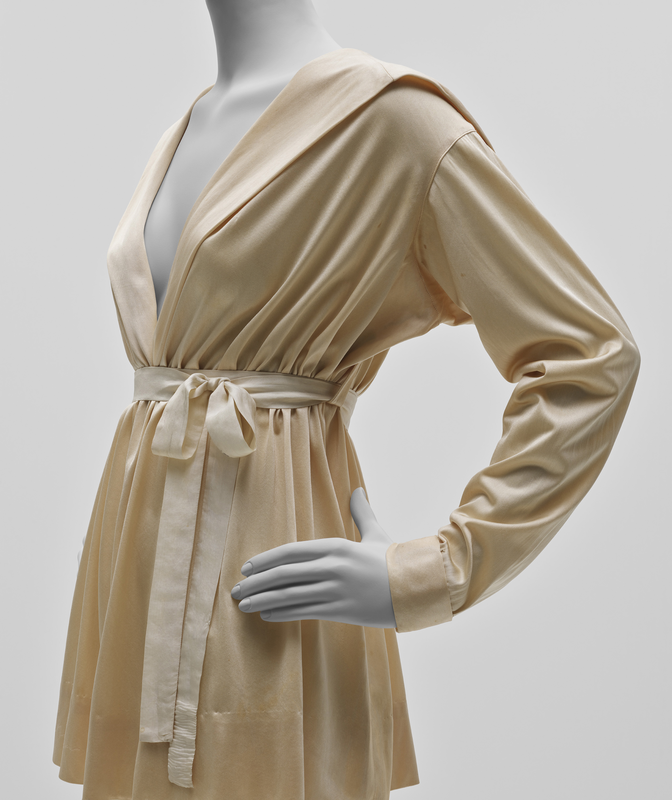
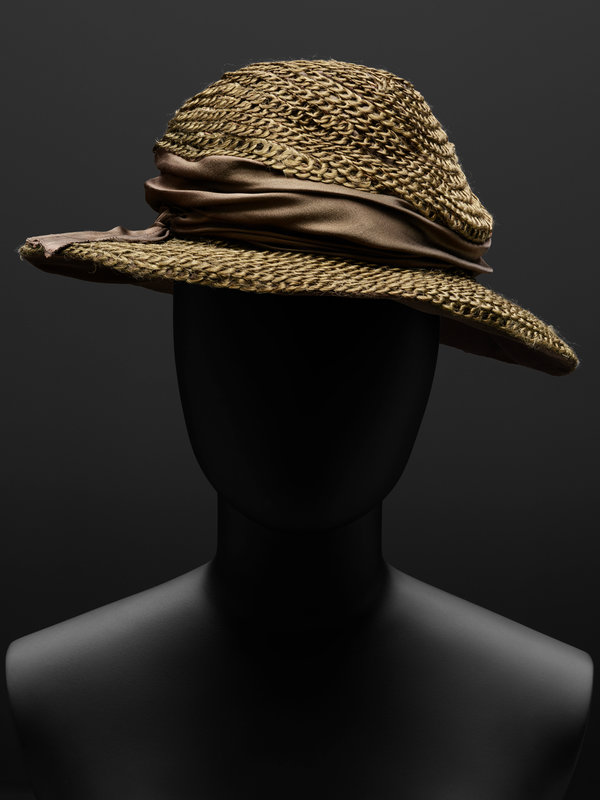

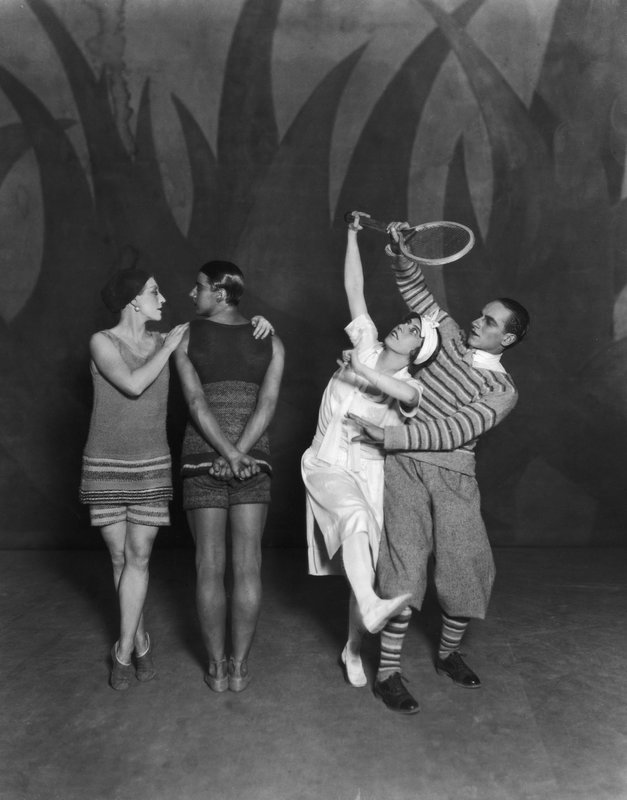

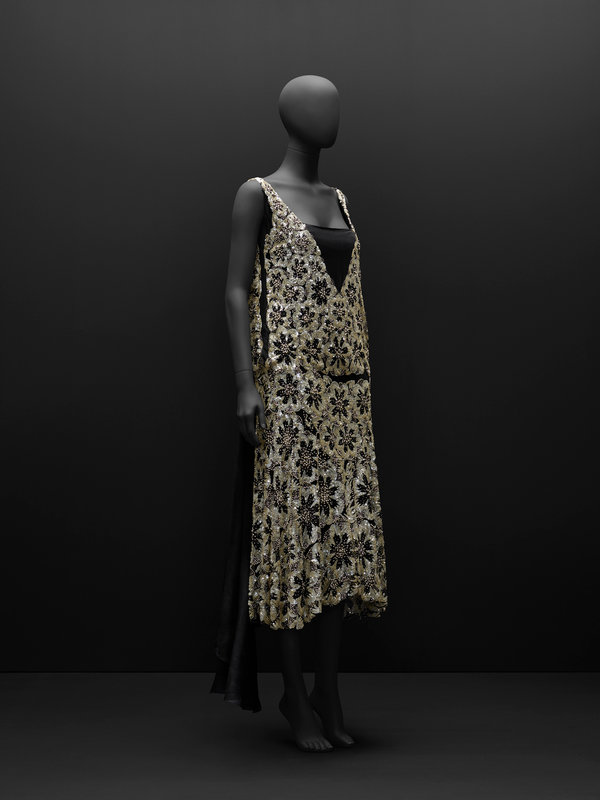
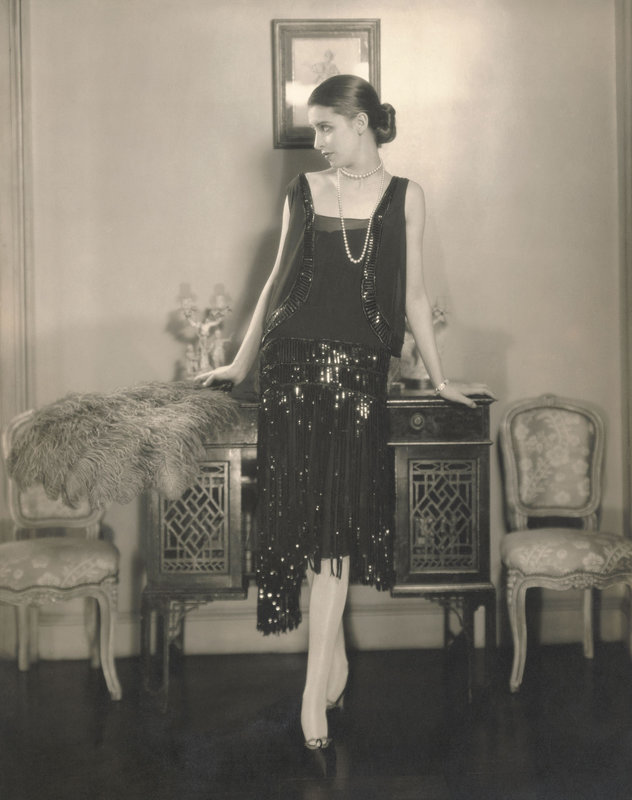
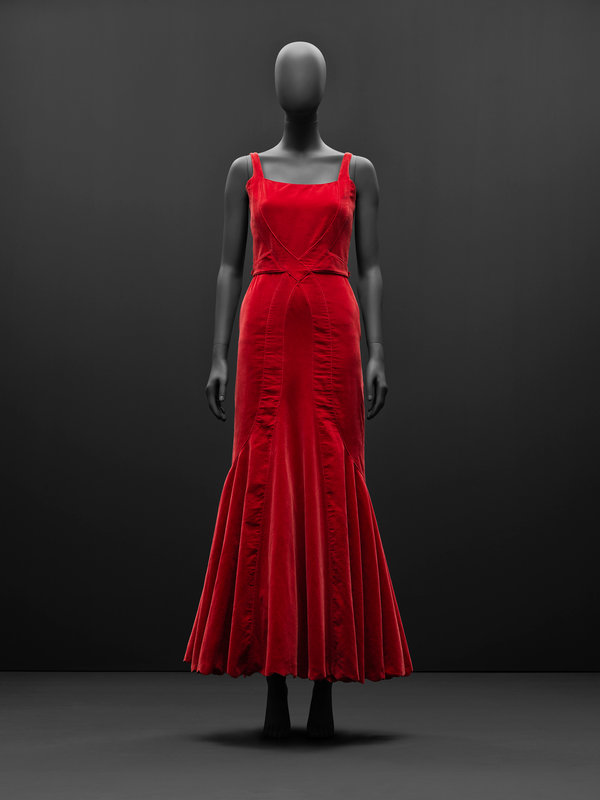
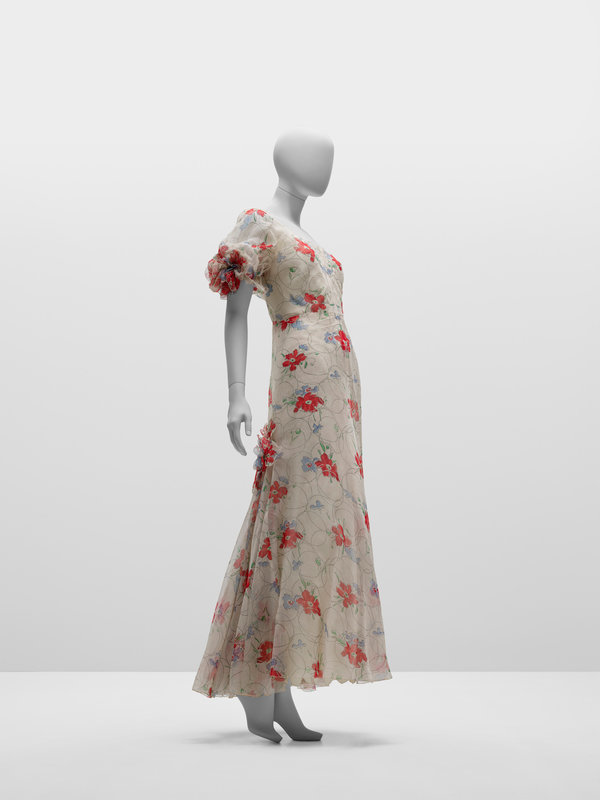
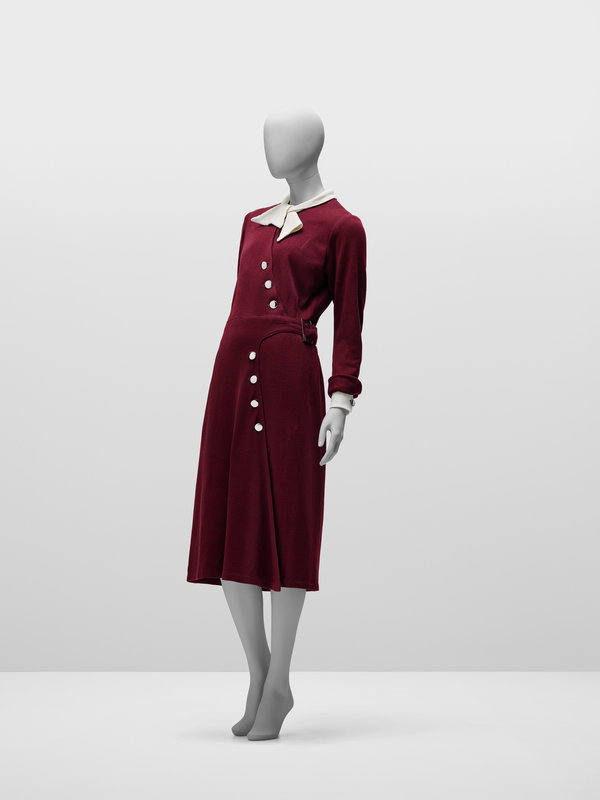
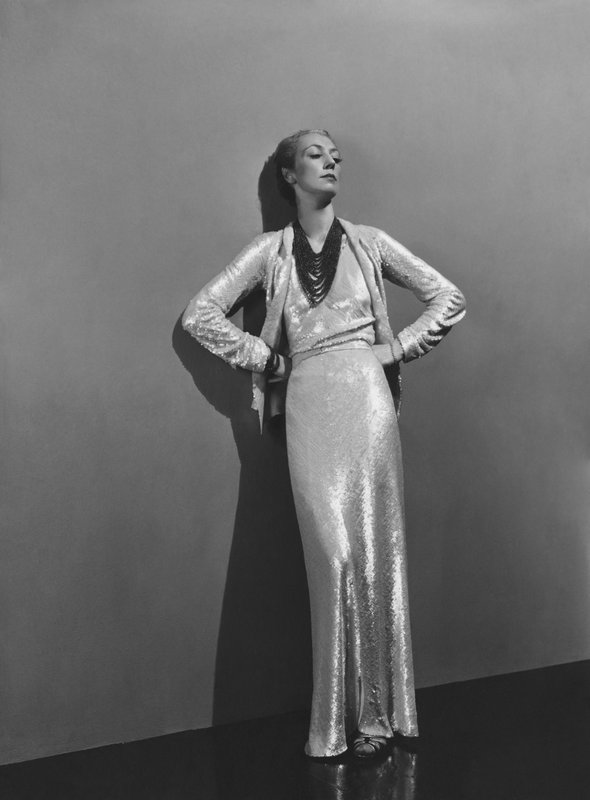

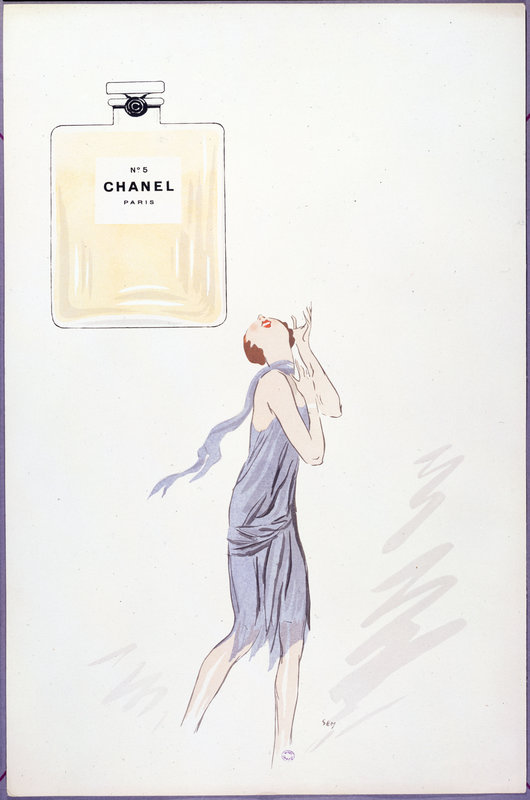
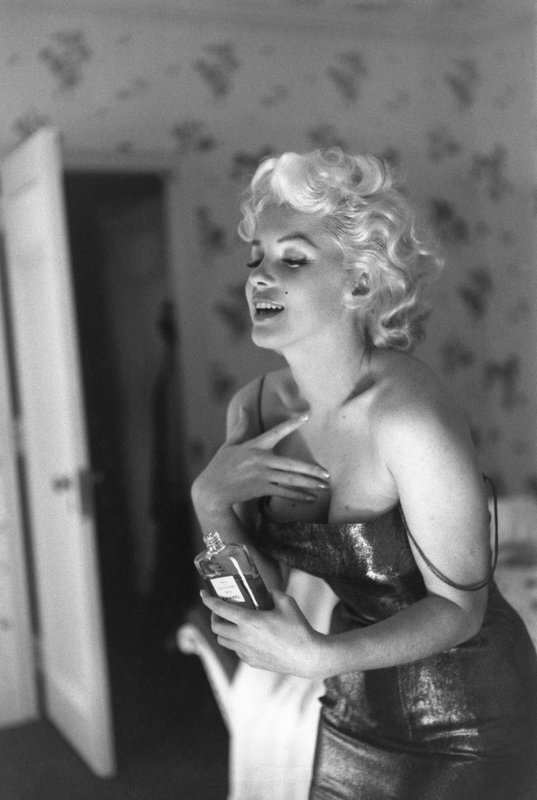


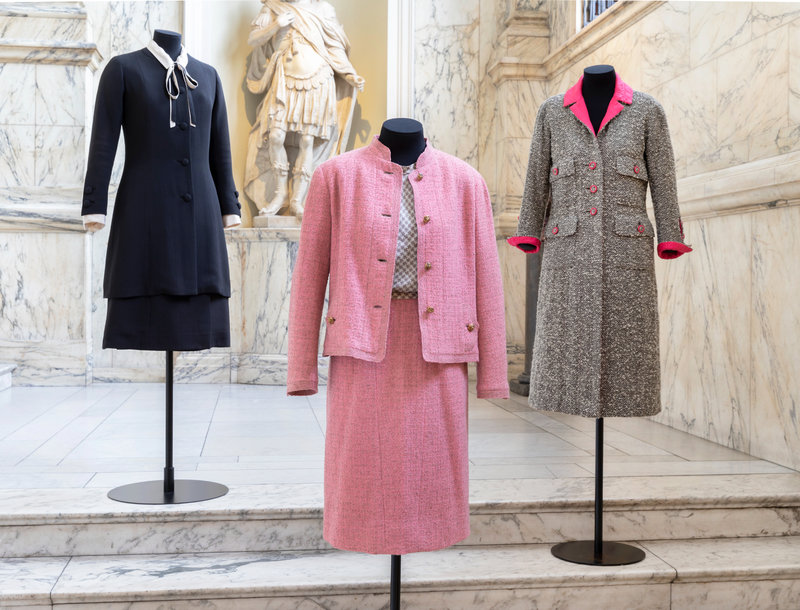
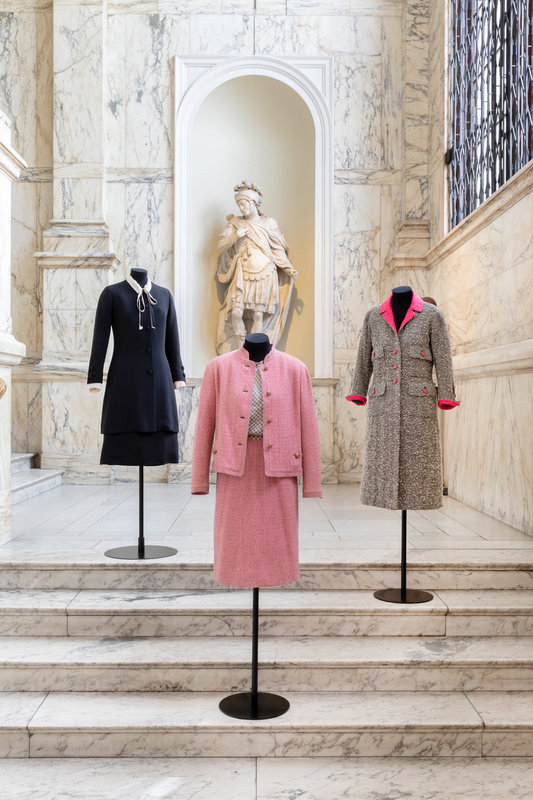
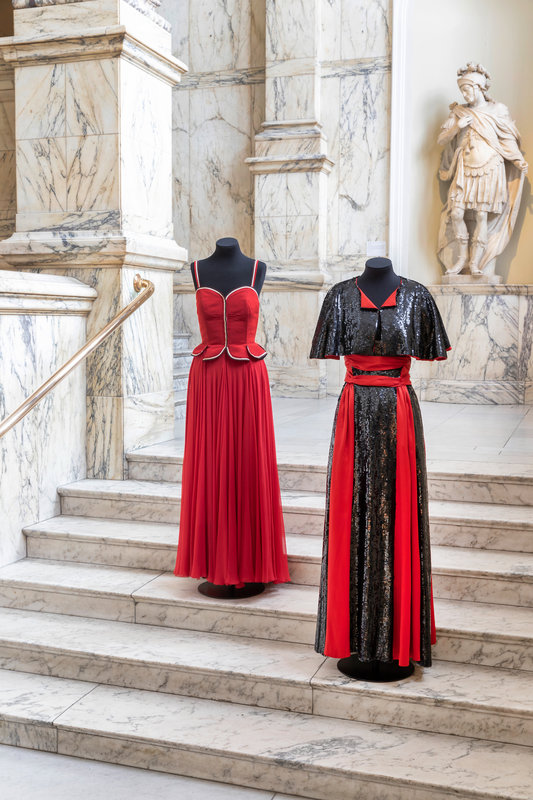

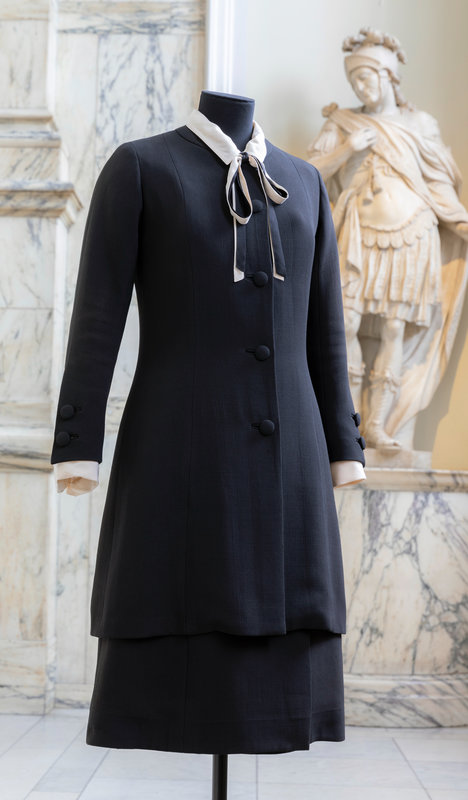


/http%3A%2F%2Fstorage.canalblog.com%2F32%2F65%2F119589%2F127303392_o.jpg)
/image%2F1371349%2F20240508%2Fob_d997ec_d21e3e110569bdfa219529297300e28a-1402x.png)
/image%2F1371349%2F20240508%2Fob_4c468b_telechargement-4.jpg)
/image%2F1371349%2F20240508%2Fob_7c1cc0_telechargement.jpg)